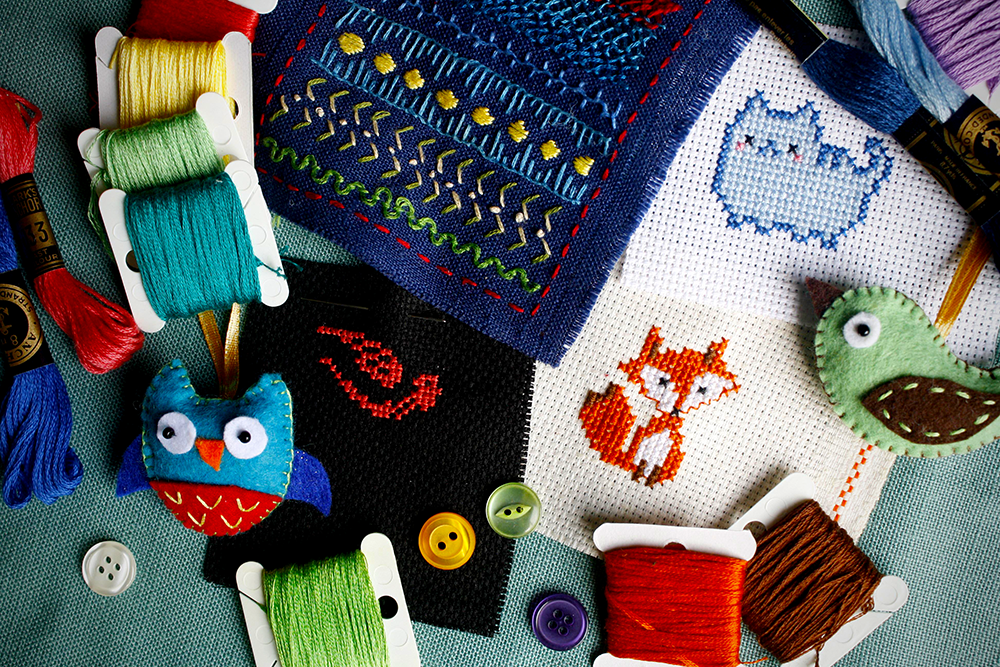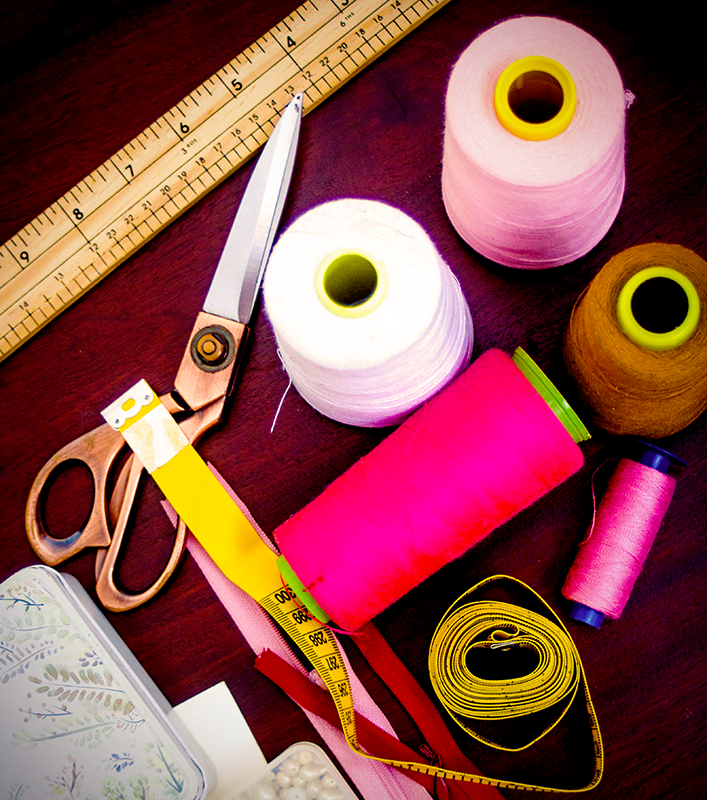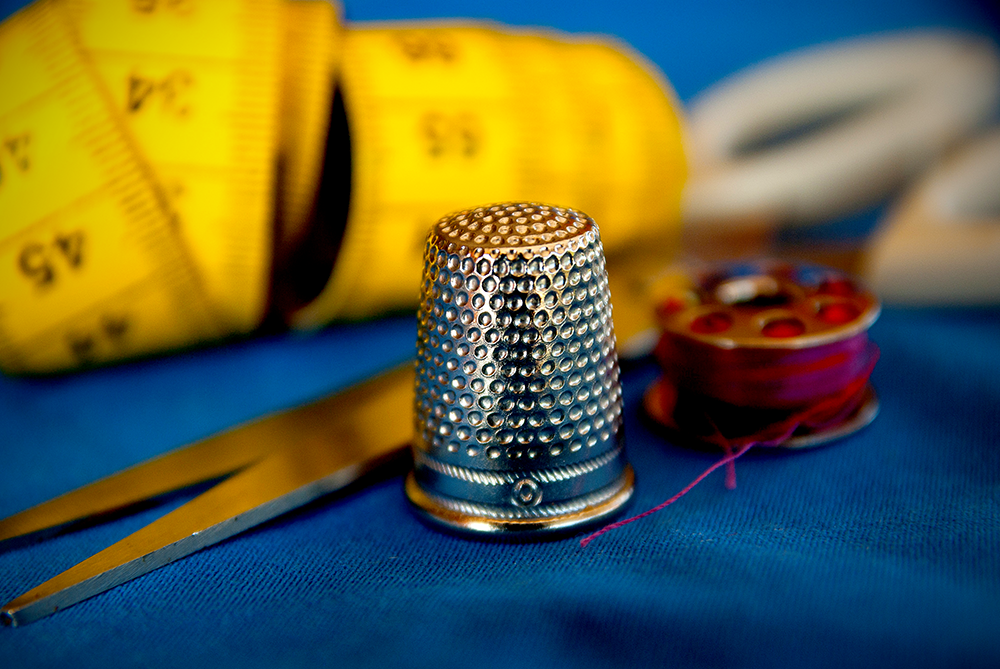Sewing is a fundamental skill that all artists should learn.
It is a versatile skill that can be used in a variety of applications, from fashion design to quilting.
In this blog post, we will cover sewing basics, so that you can get started on your sewing journey!
If you want to learn some sewing tips that can improve your sewing skills, you've come to the right place.
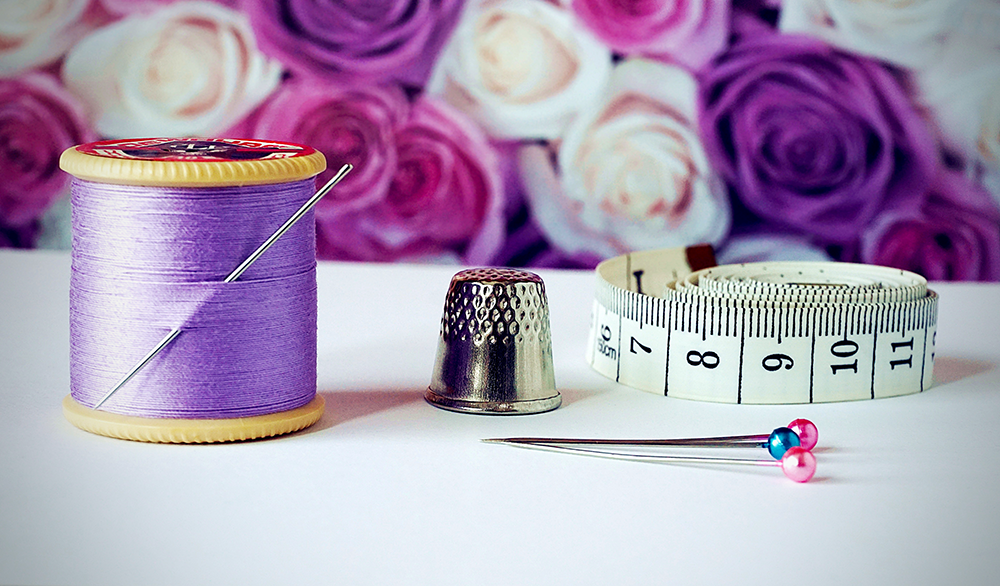
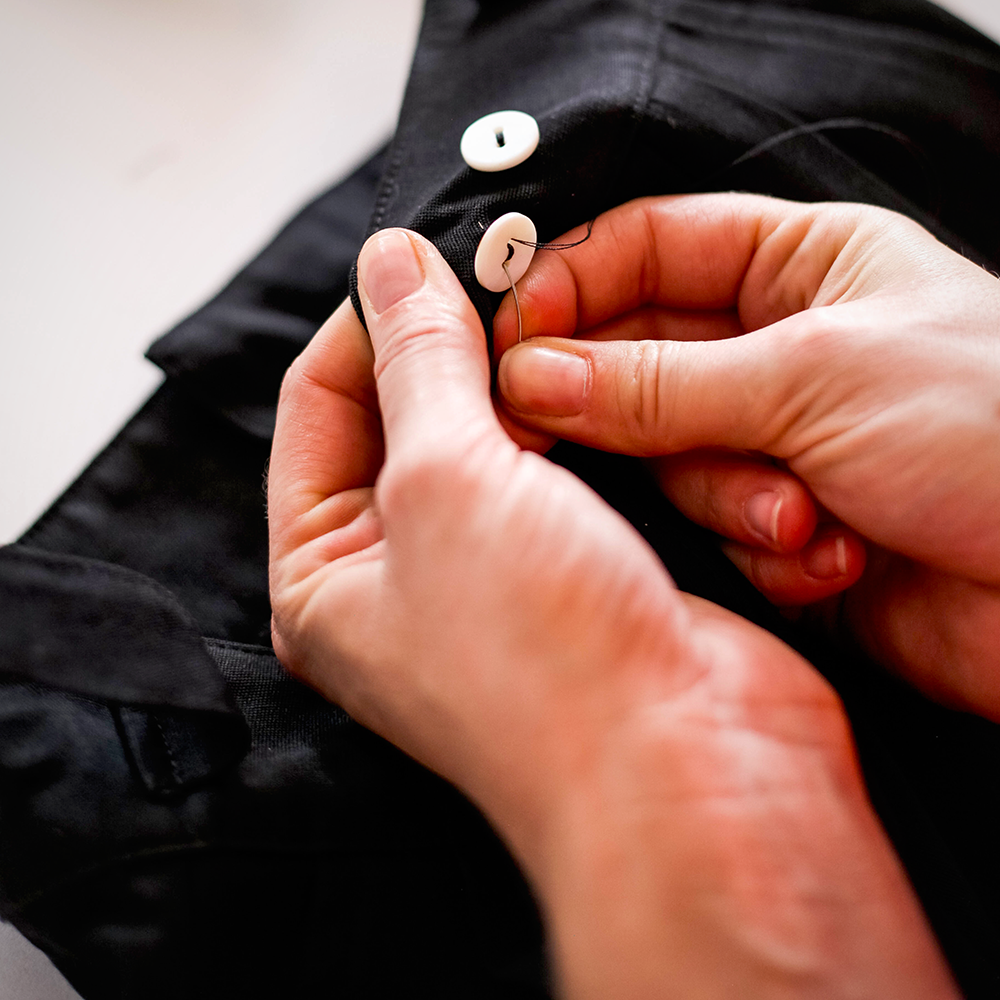
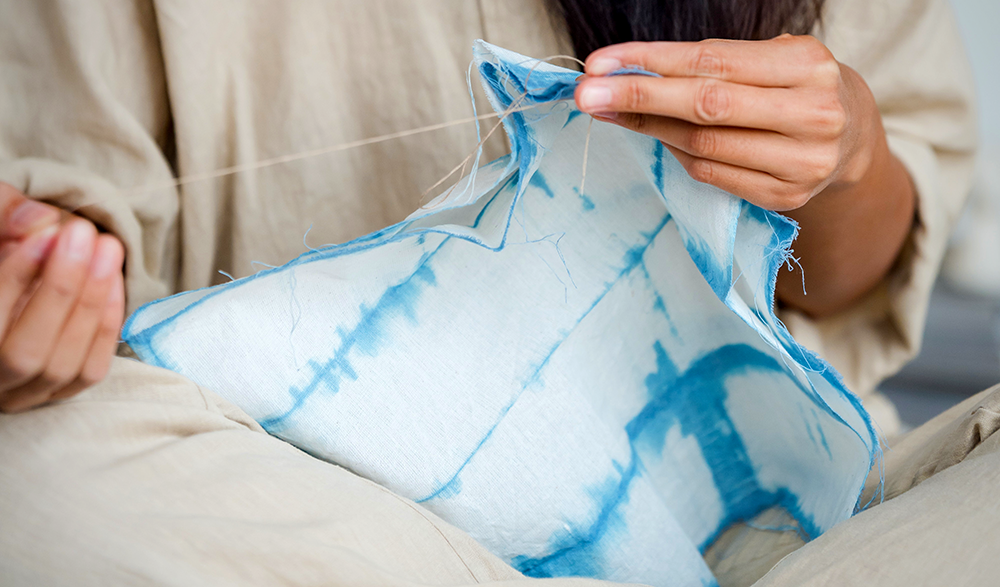
What is Sewing?
Sewing is the process of joining two pieces of fabric together using a needle and thread.
Sewing can be done by hand or with a sewing machine.
Sewing machines are faster and more precise, but hand sewing is more portable and can be done anywhere.
There are a few different types of sewing machines, but the most common is the home sewing machine.
This type of sewing machine is designed for general sewing tasks such as hemming, mending, and general repairs.
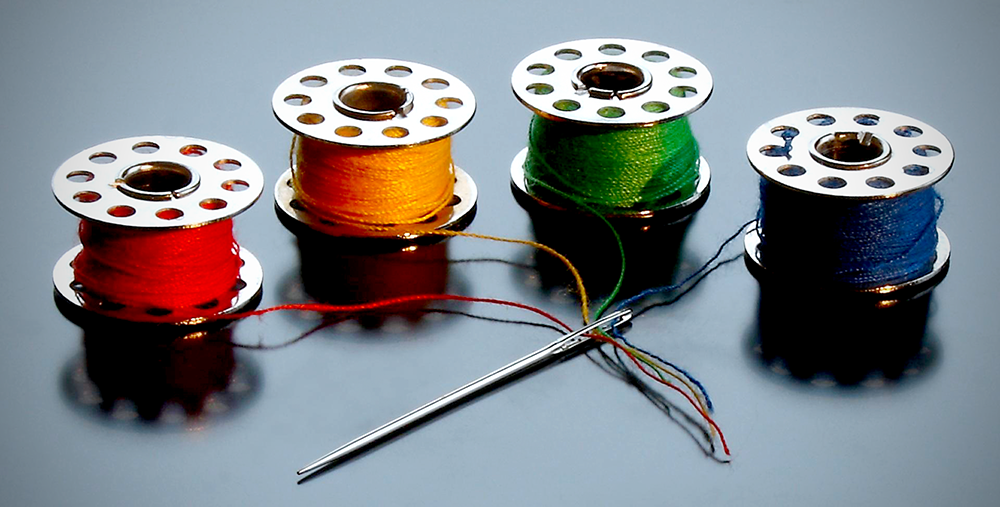
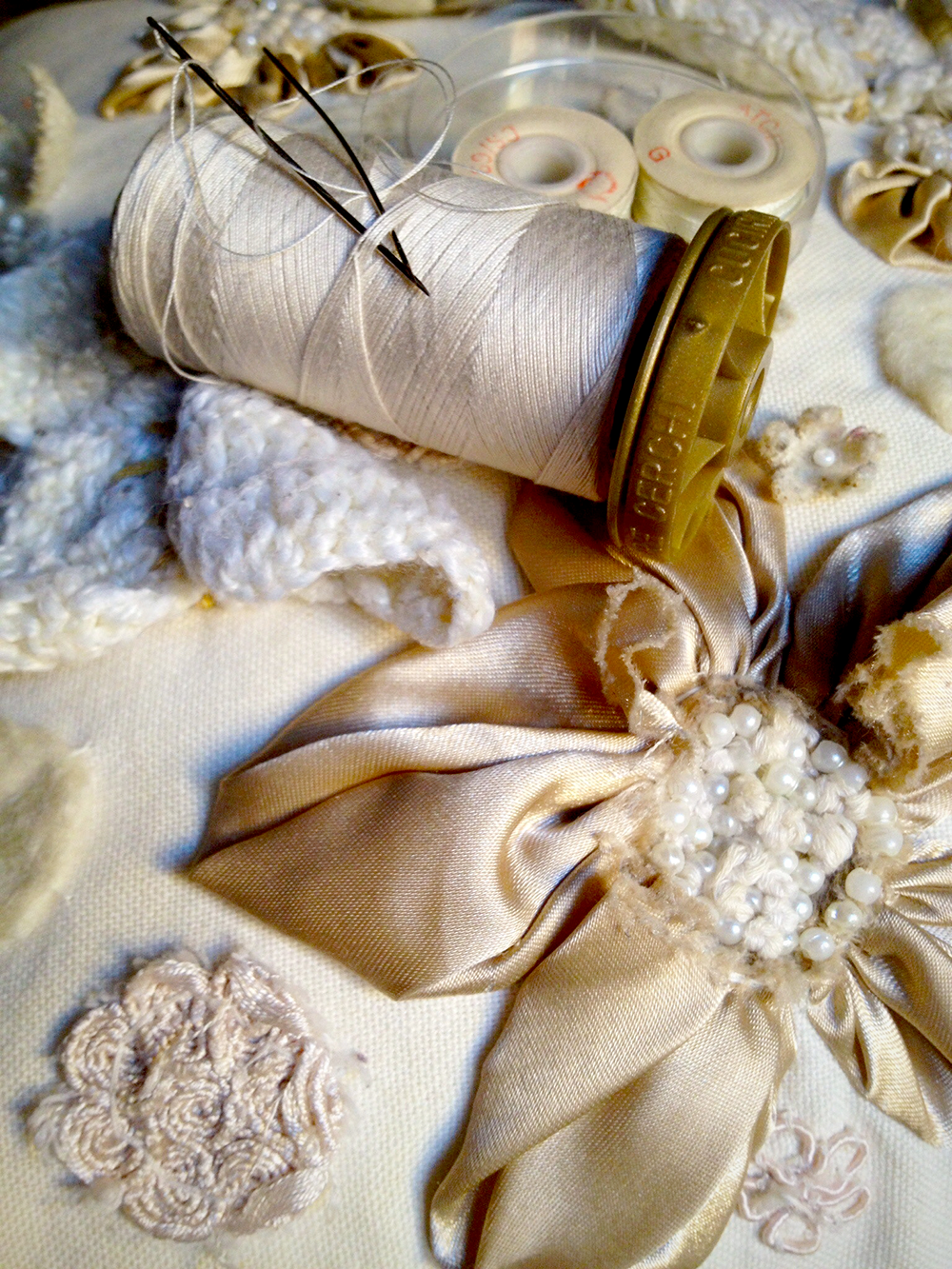
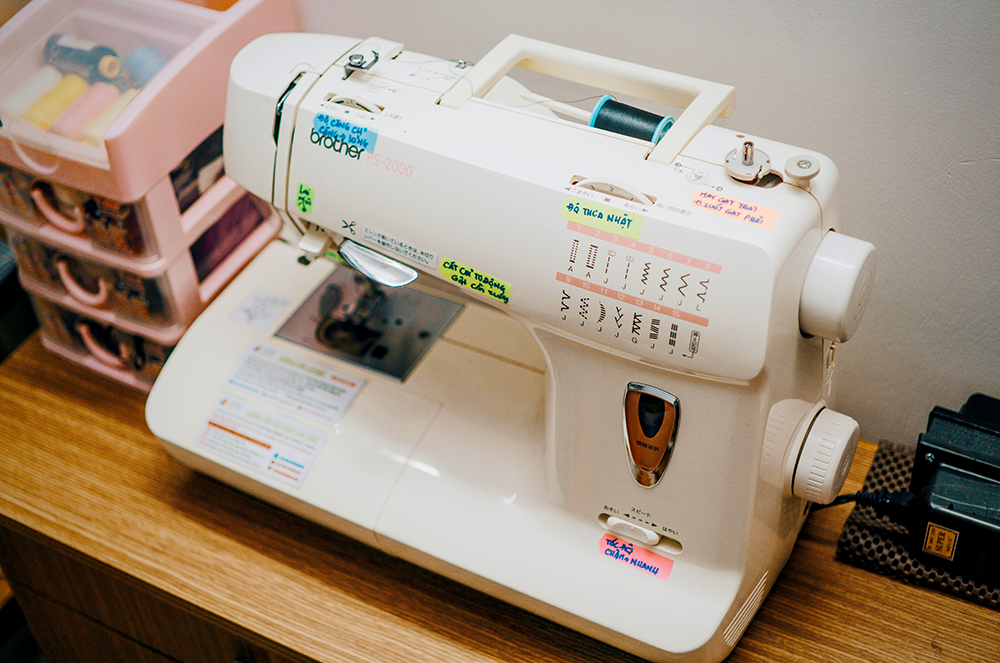
Types of Stitches
There are many different types of stitches and sewing techniques you can use, and each of these can be used for different purposes.
The most basic sewing stitch is the straight stitch, which is simply a series of evenly spaced stitches in a straight line.
There are some other basic sewing stitches, such as the zigzag and French knot.
The zigzag stitch is similar to the straight stitch, but the needle moves side to side as it stitches, creating a zigzag pattern.
The French knot is a decorative stitch that creates a small knot in the fabric.
The basting stitch is a temporary stitch that is used to hold two pieces of fabric together before sewing them permanently.
These are just a few examples; there are many other types of stitches that can be used for different purposes!
Whether you use a zigzag or straight stitches, these basic skills will help you begin sewing.
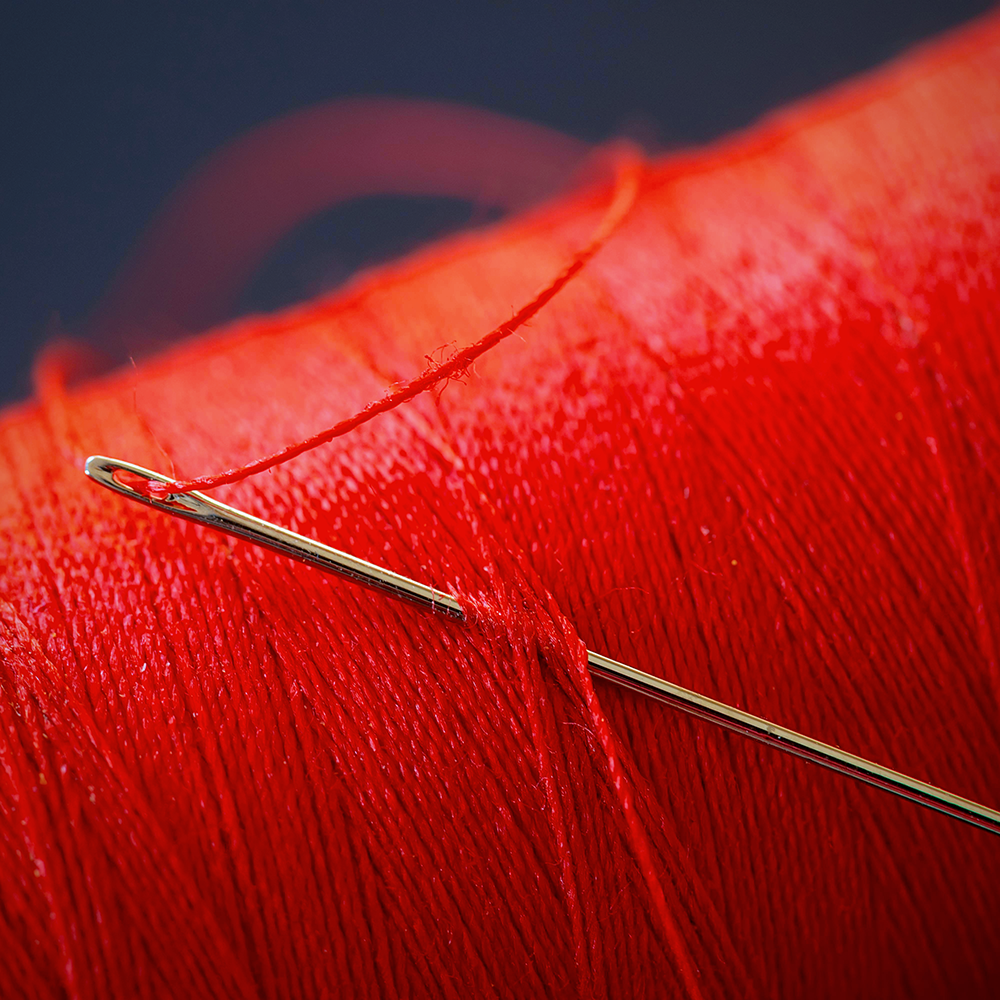
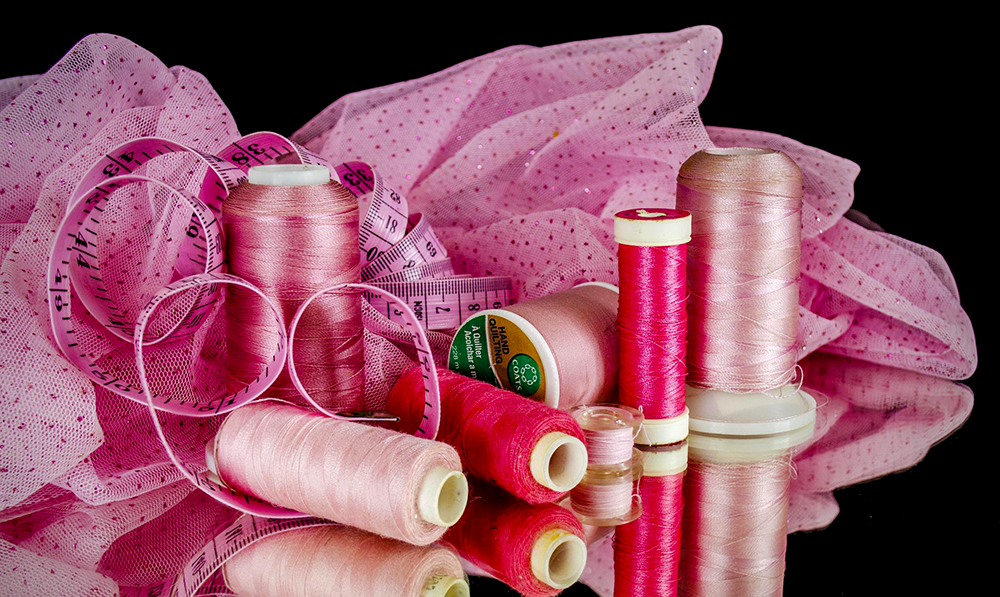
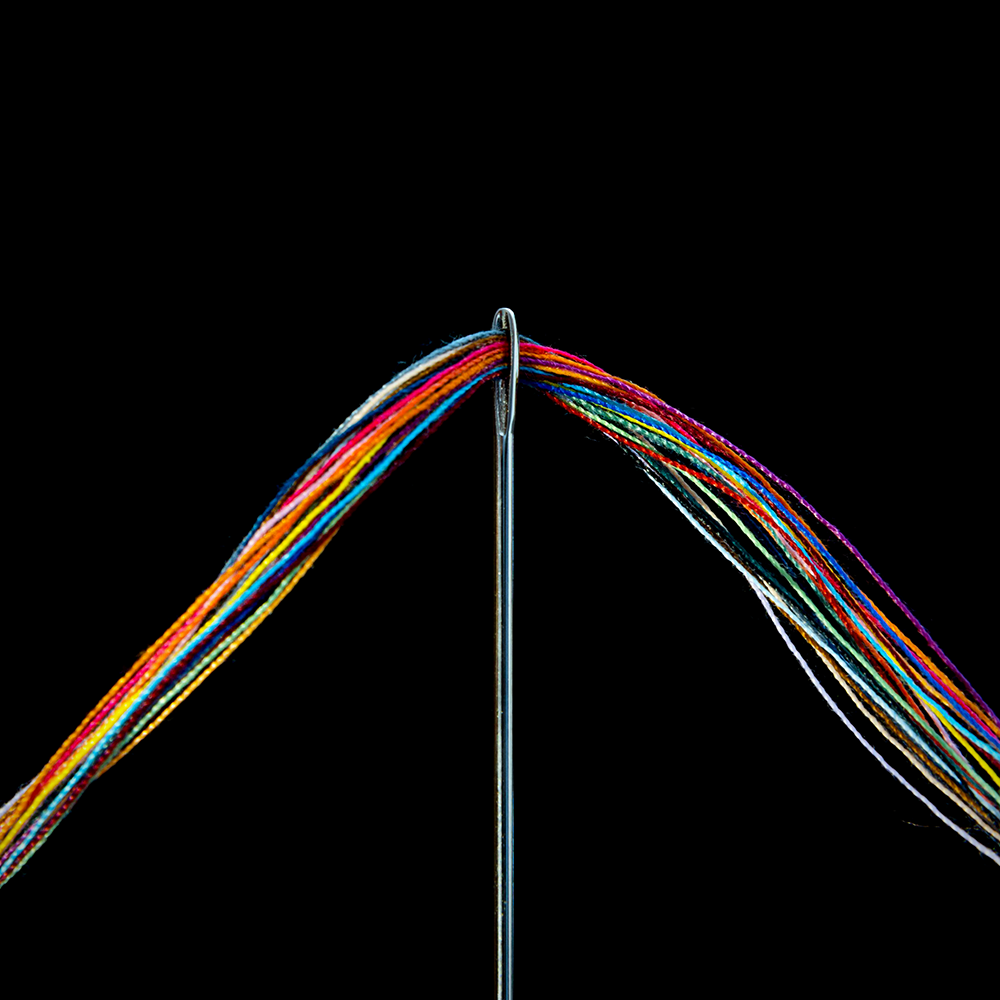
Tools You Will Need
In order to get started sewing, you will need some basic sewing supplies.
These include fabric, sewing scissors, needles, thread, pins, and a thimble.
A seam ripper is also useful for unpicking stitches if you make a mistake.
Keeping these stored and organized in a sewing kit is extremely helpful, so you always know where to find your tools for your sewing project.
You will also need a sewing machine if you want to sew quickly and precisely.
With these tools, you are ready to start sewing!
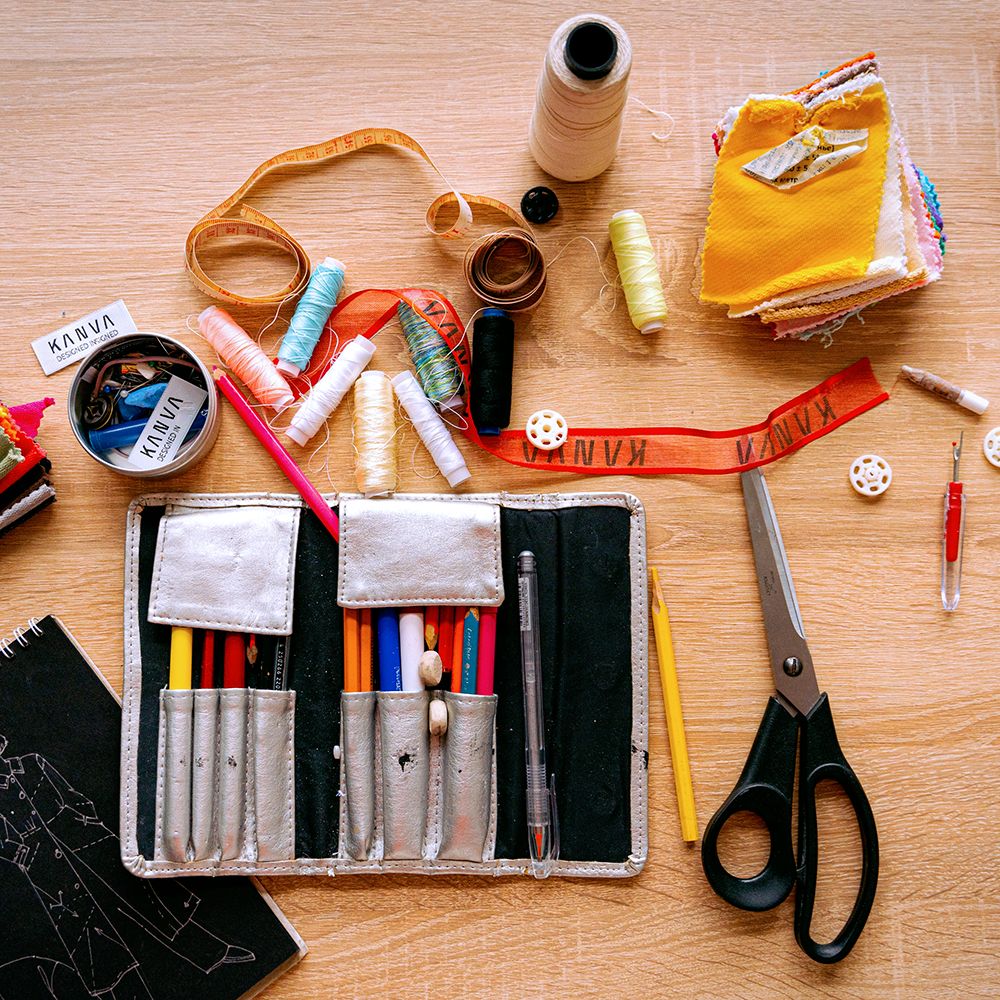
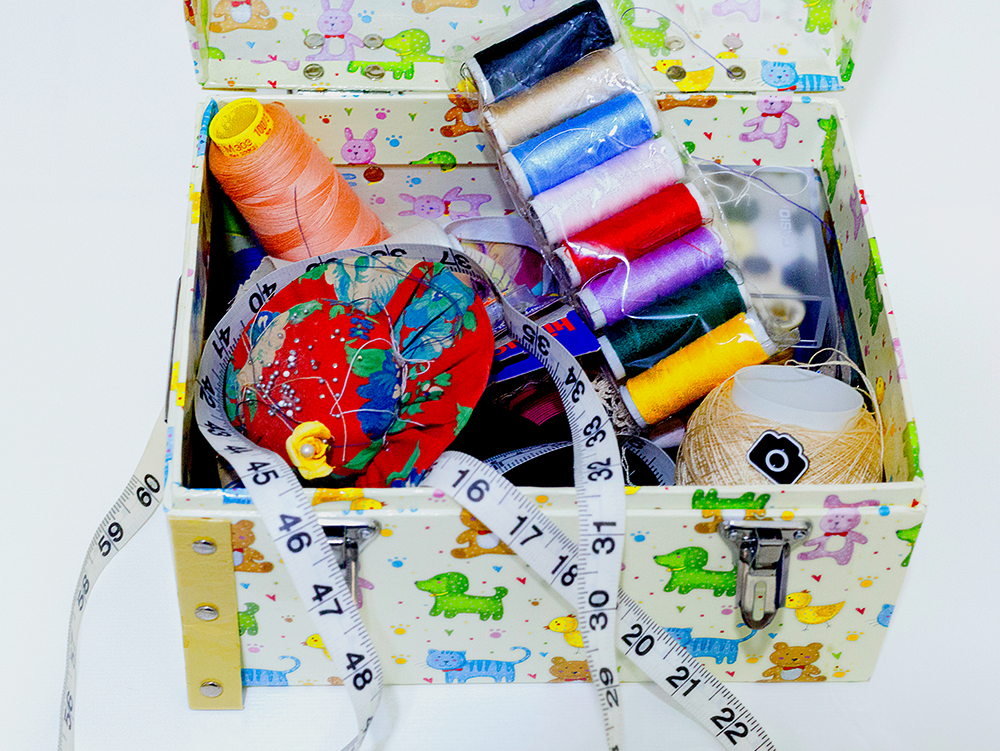
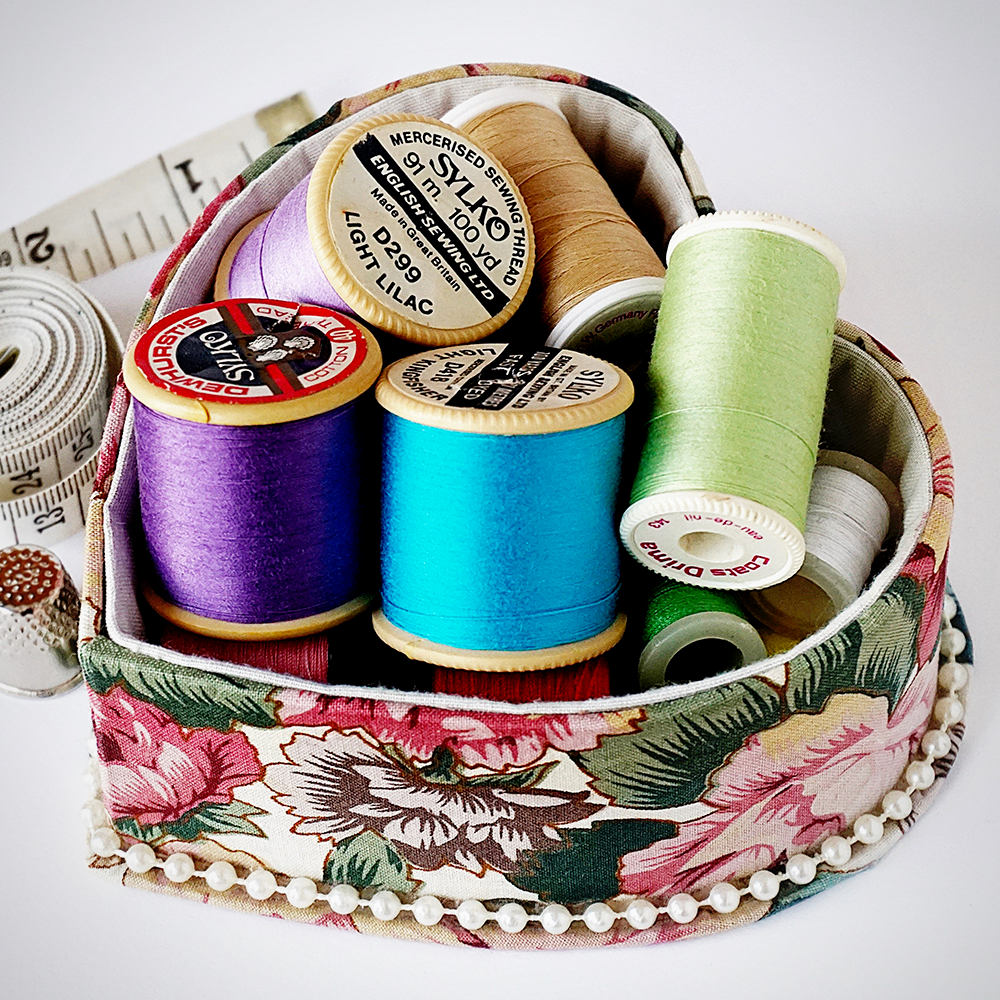
How to Sew by Hand
The first step in sewing by hand is to thread your needle.
To do this, start by cutting a length of thread that is about 18 inches long.
Then, tie a knot at one end of the thread.
Thread the needle through the knot, and then pull the thread until the knot is close to the needle.
Next, you will need to choose your stitch.
For a basic straight stitch, hold the needle at the point where you want to start stitching.
Then, insert the needle through the fabric from the back side to the front.
Next, pull the thread through the fabric until there is a small loop on the back side.
Then, insert the needle into the loop and pull the thread through.
You have now created your first stitch!
Continue stitching in this manner, making sure that your stitches are evenly spaced.
To finish, knot the thread on the back side of the fabric.
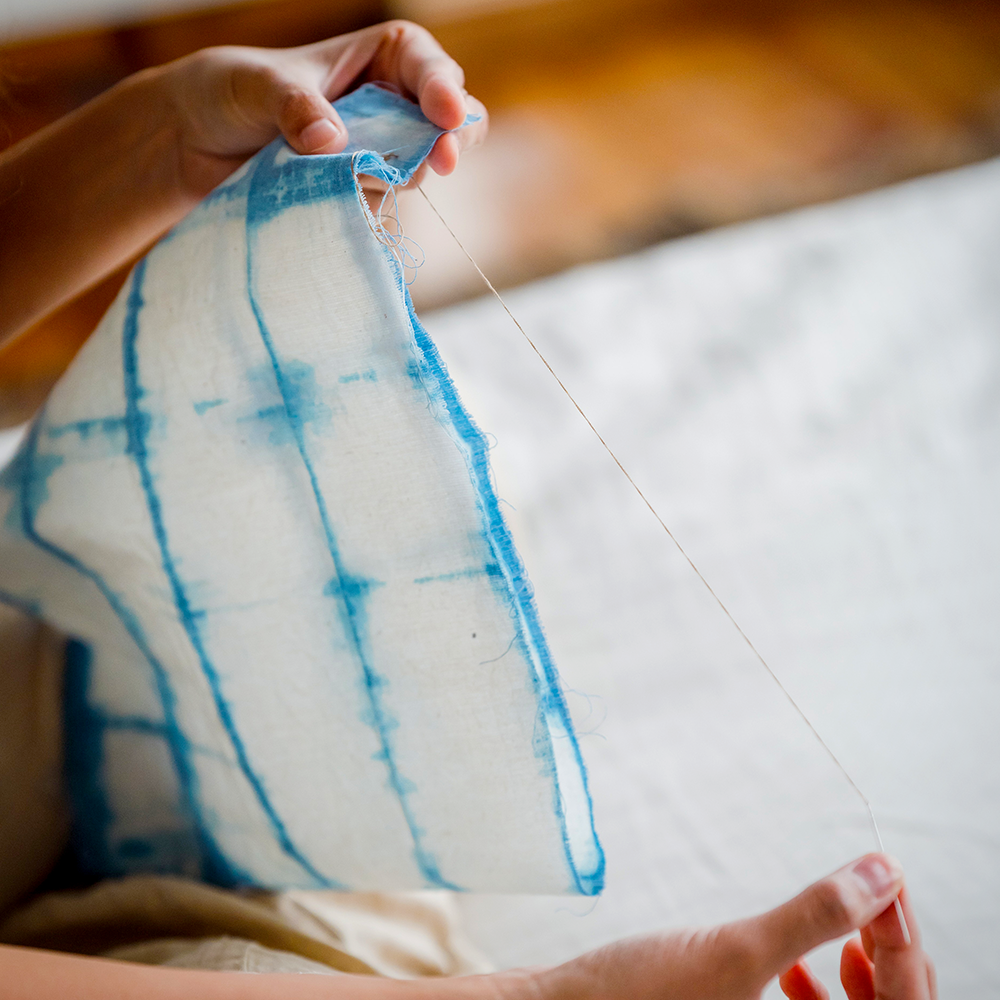
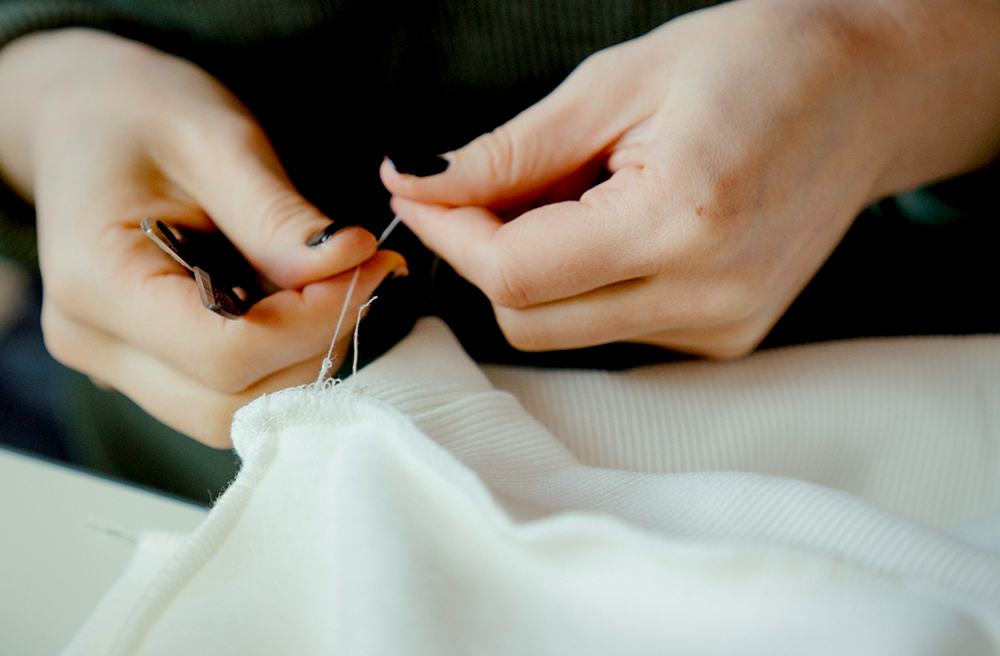
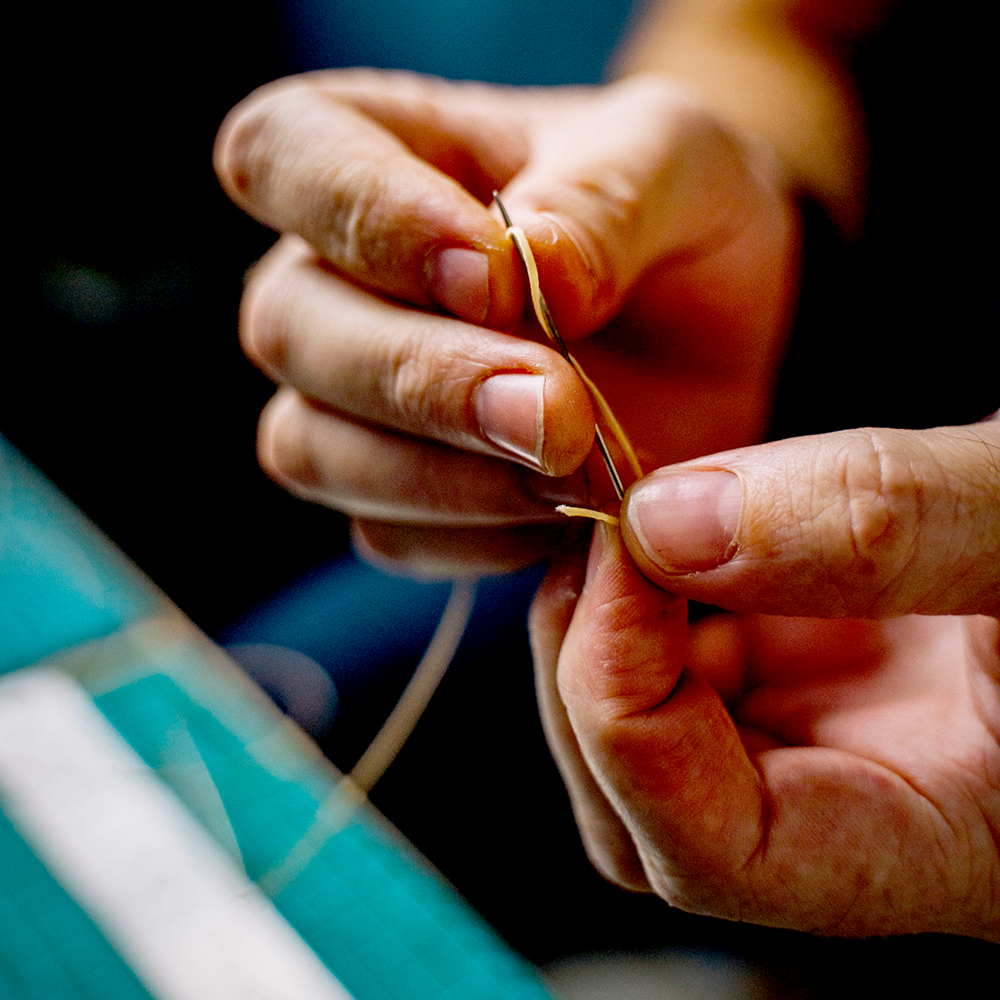
How to Sew with a Machine
Sewing with a machine is similar to sewing by hand, but there are a few key differences.
First, you will need to thread your machine.
To do this, start by finding the spool of thread and inserting it into the spool holder.
Next, thread the thread through the tension discs and then through the take-up lever.
Finally, thread the thread through the needle.
The next step is to choose your stitch.
Most machines have a variety of stitches to choose from, so take some time to explore the different options.
Once you have chosen your stitch, you are ready to start sewing!
To sew, simply place your fabric under the needle and lower the presser foot.
Then, use the handwheel to lower the needle into the fabric.
As the needle moves up and down, it will create your chosen stitch.
To sew in a straight line, simply guide the fabric under the needle.
To sew in a curved line, you will need to use your hands to gently guide the fabric.
When you are finished sewing, simply raise the presser foot and turn the handwheel to raise the needle out of the fabric.
Then, cut the thread and you are finished!
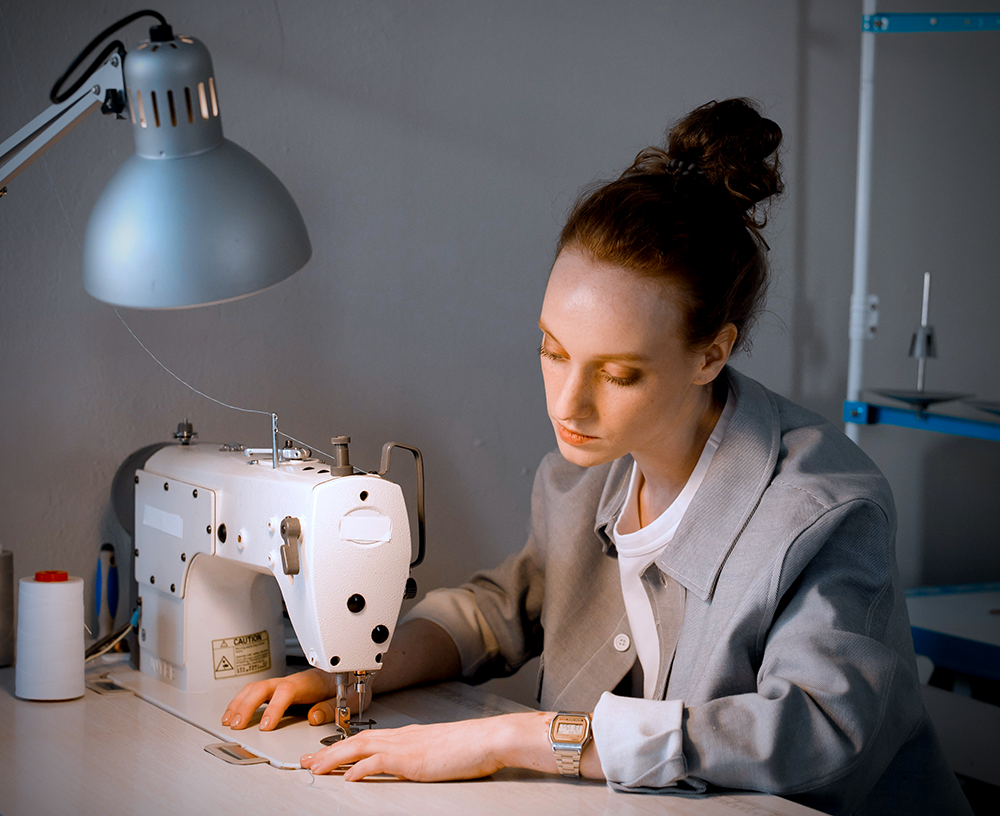
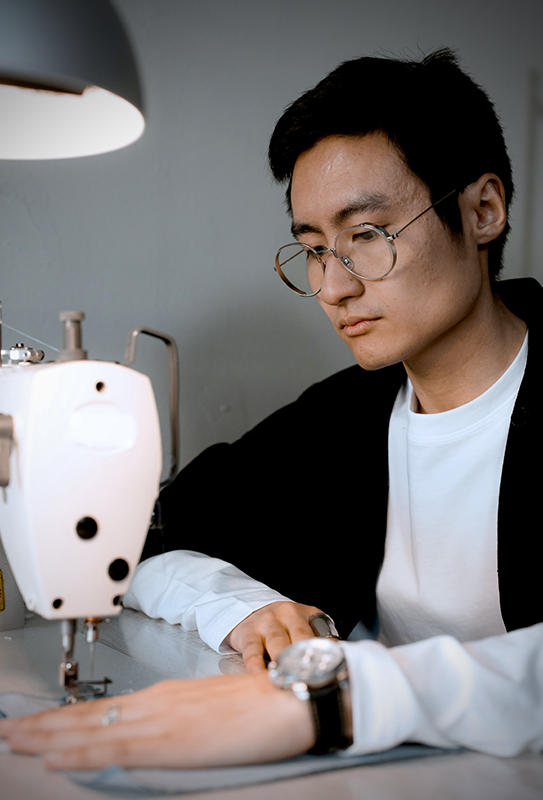
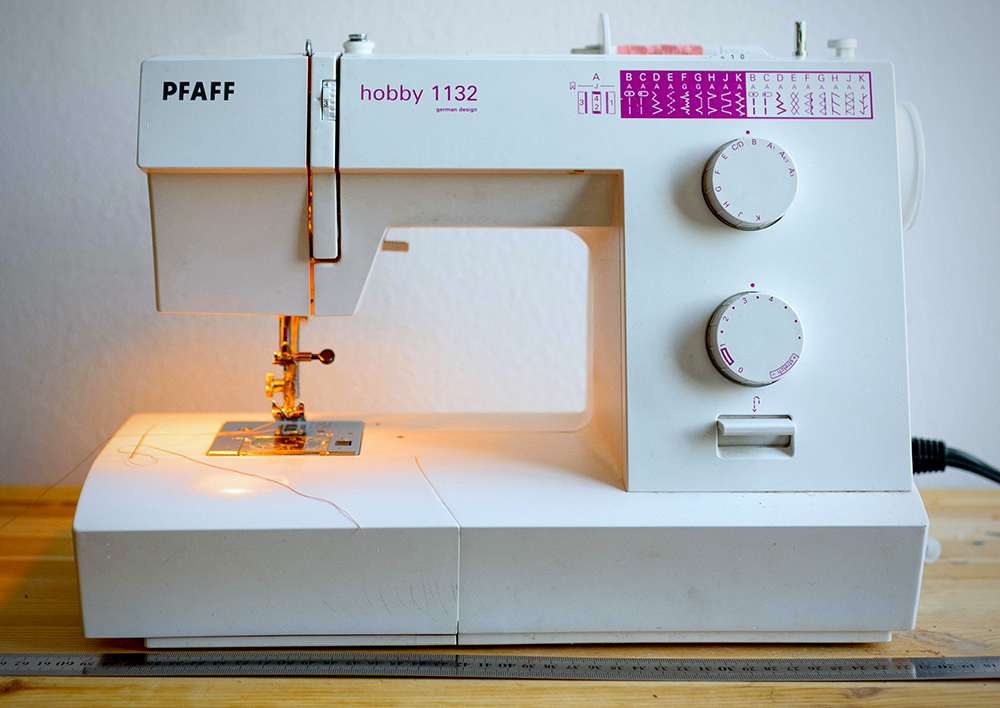
Sewing Fabric
When you are ready to start sewing, the first step is to select the fabric you will use.
There are many different types of fabric, each with its own unique properties.
Some fabrics are easy to work with, while others require more care.
The type of fabric you choose will depend on the project you are working on.
Once you have selected the fabric, cut out the pieces you will need according to the pattern or design you are working with.
If you are working with a sewing pattern, be sure to transfer all markings onto the fabric before you begin cutting.
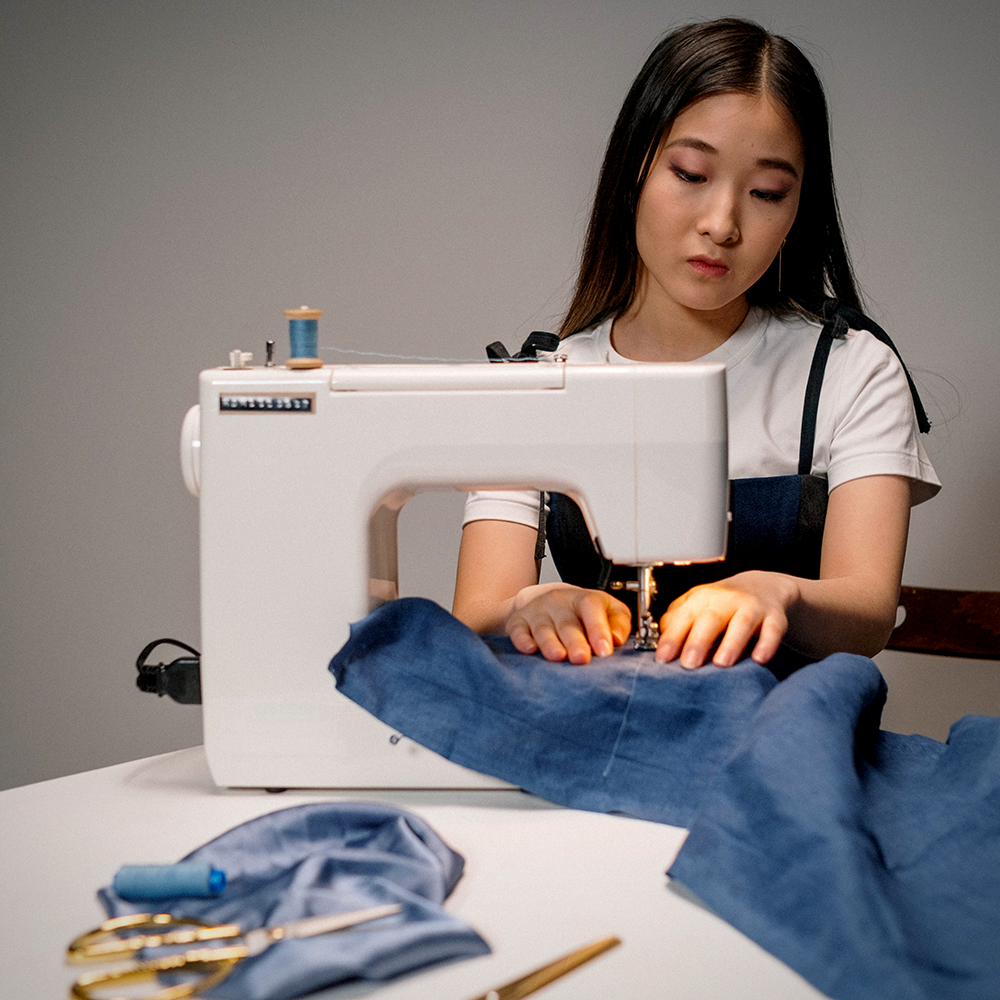
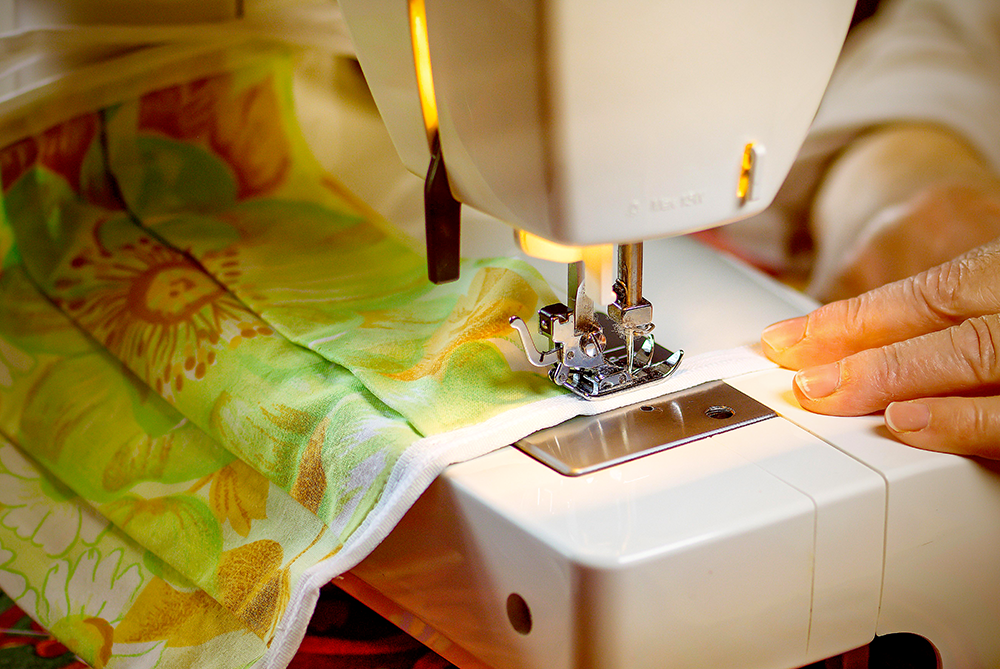
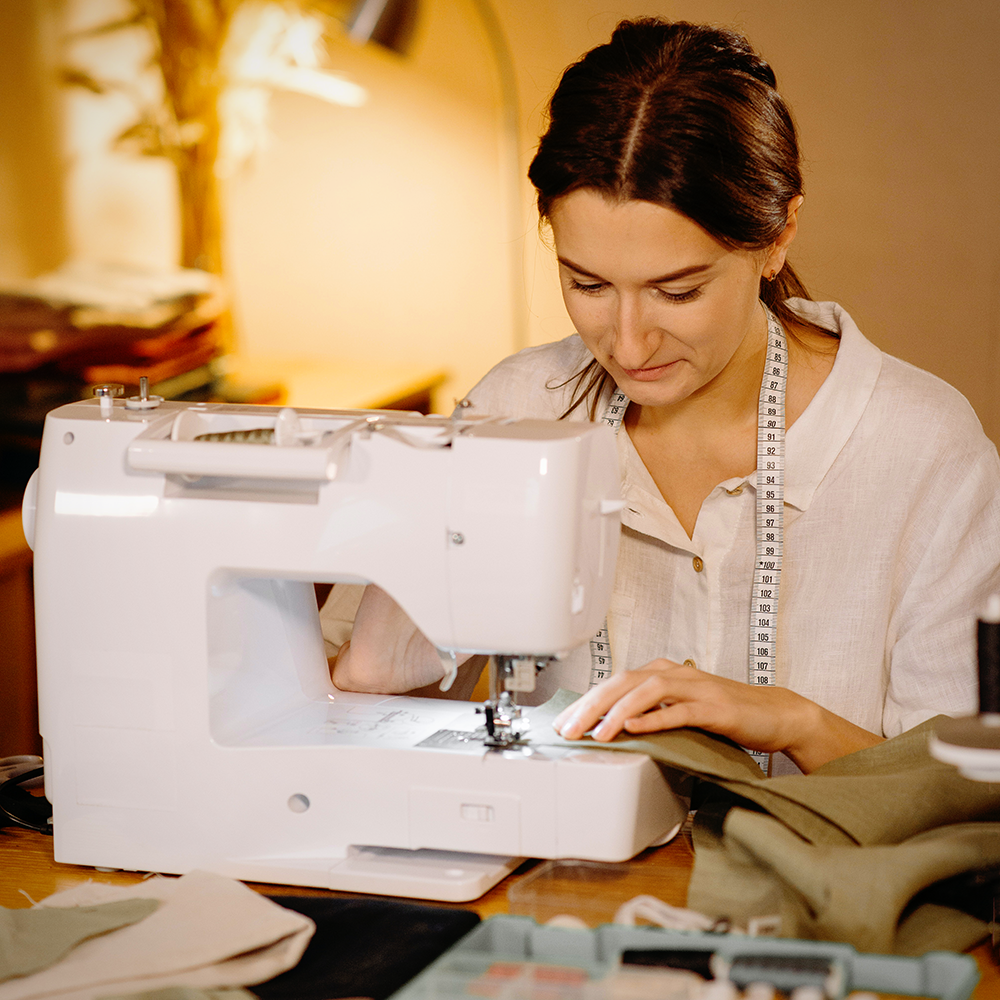
Assembling Your Project
After you have cut out all the pieces you need, it is time to start assembling your project.
Start by matching up the edges of the fabric pieces you will be sewing together.
Pin them in place so that they do not move around while you are sewing.
Then, thread your needle and start sewing!
Remember to backstitch at the beginning and end of each seam to secure the stitches.
When you are finished sewing, remove the pins and press the seams flat with an iron.
Your project is now complete!
There you have it: the basics of sewing!
With these skills, you are ready to start working on simple sewing projects of your own.
If you are new to sewing, we recommend starting with a simple project such as a pillowcase or tote bag.
As you become more confident in your skills, you can tackle more complex projects such as clothing or quilts.
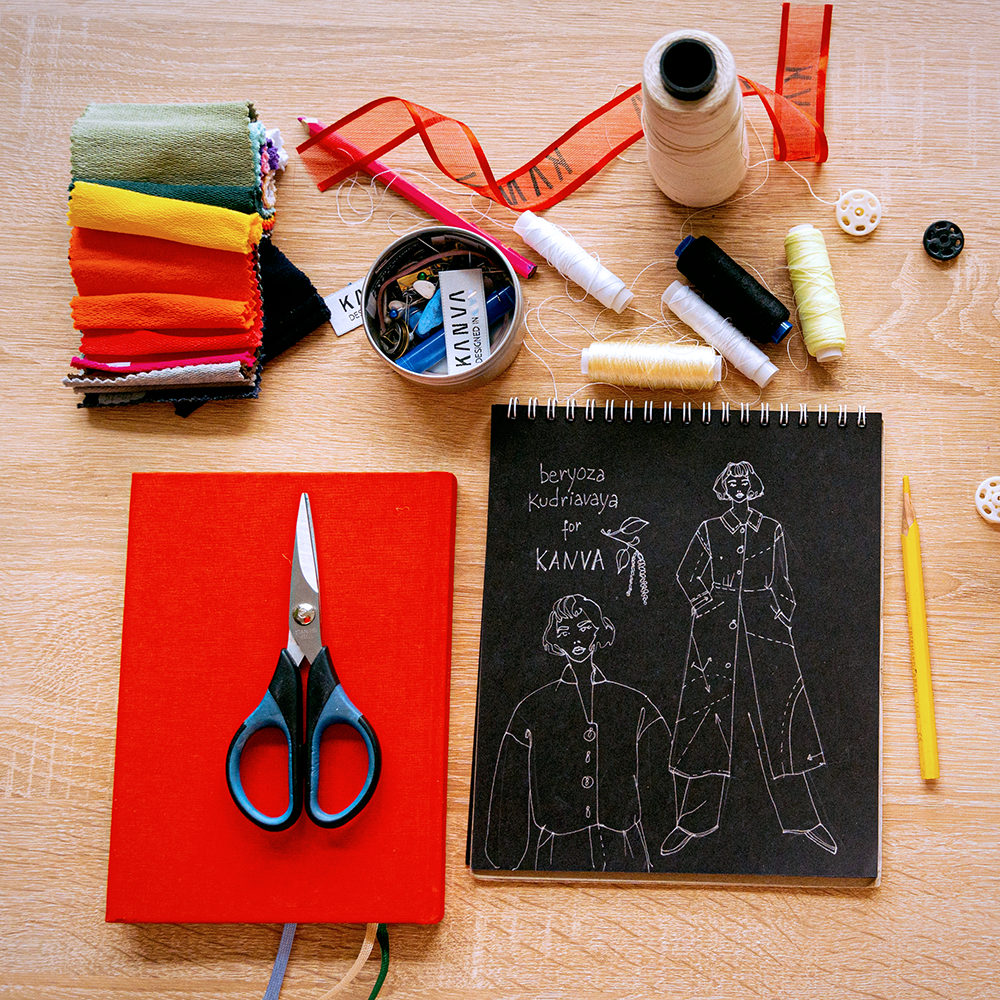
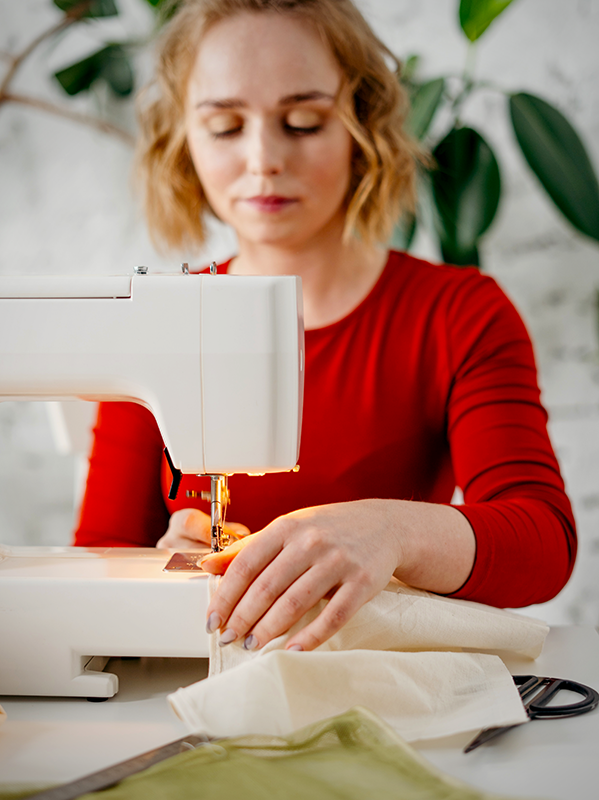
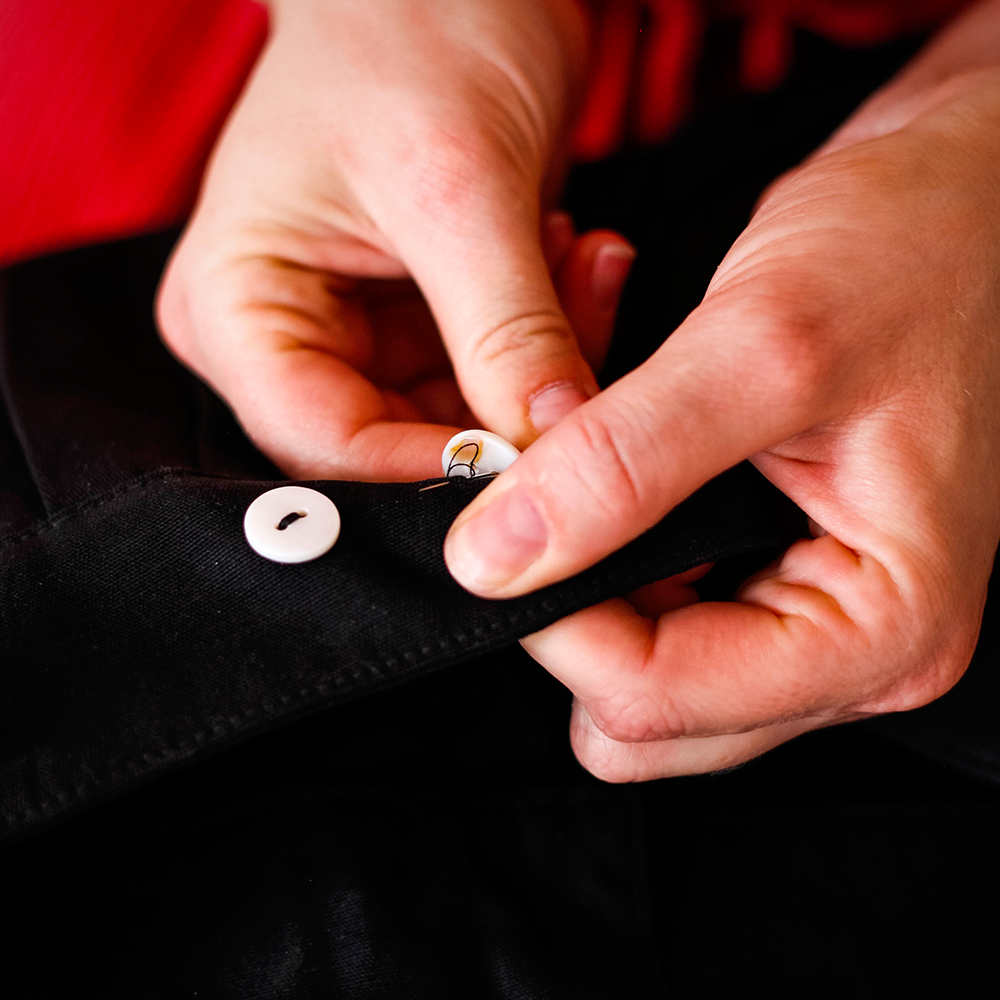
Sewing Your Next Project
Sewing is a versatile skill, and mastering basic sewing skills is beneficial for all artists.
Whether you sew by hand or use a sewing machine, it's a great way to repair clothes, create new garments, or simply express your creativity.
It is relatively easy to get started, and with some practice, you can sew anything your heart desires!
And if you ever need any sewing advice, you can always ask a sewing professional, take a class, or use the wealth of information online.
With this blog post, you now have the basics under your belt, so go forth and start stitching!
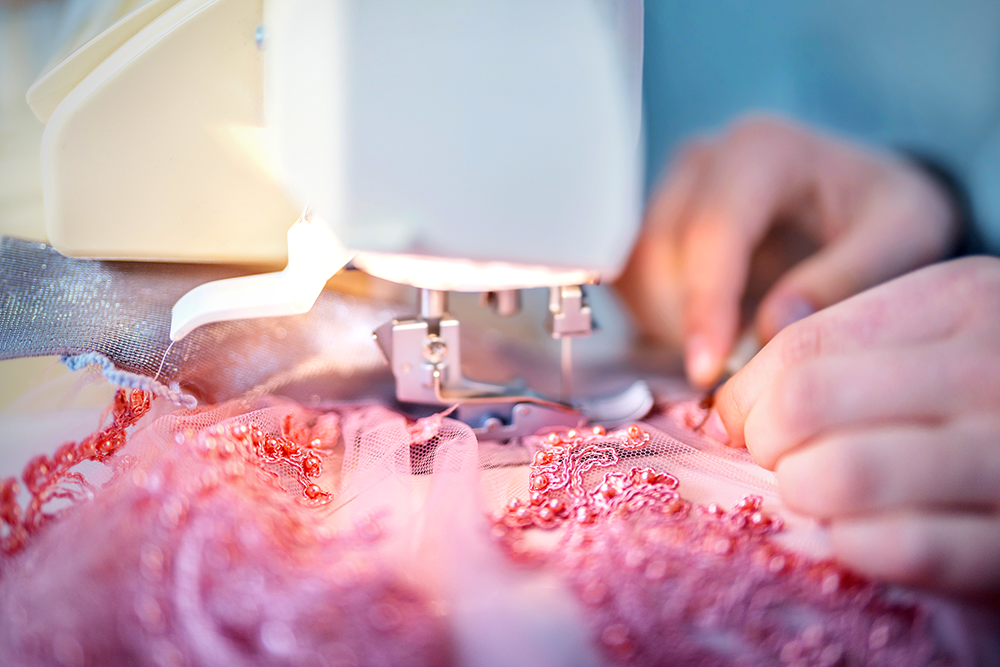
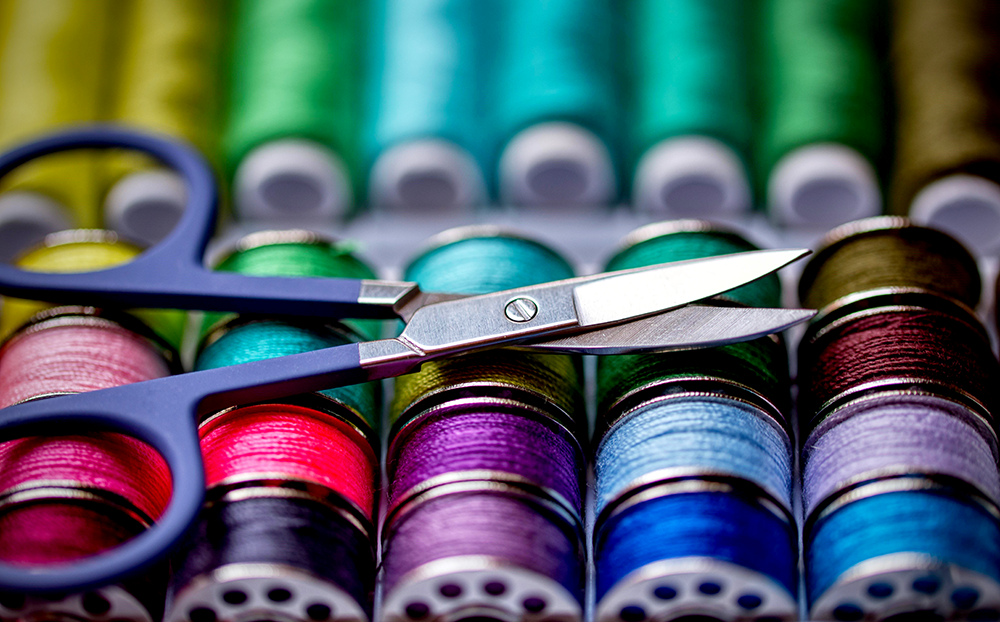
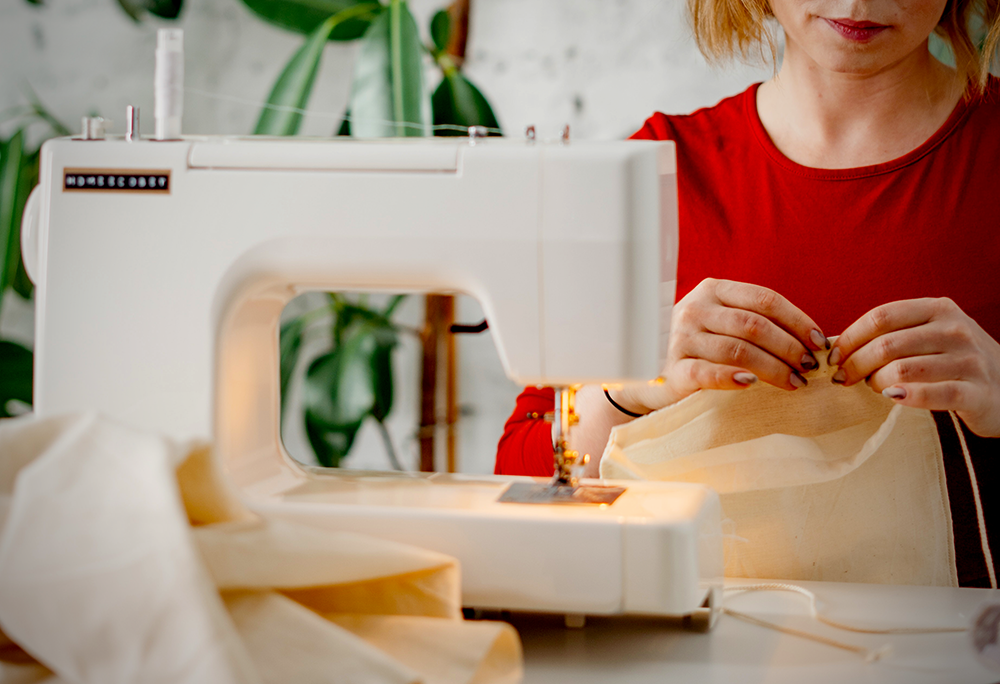
Interested in learning even more? Check out The Essentials Club's beginner guide!
Love sewing?
Check out some of our other sewing articles:
